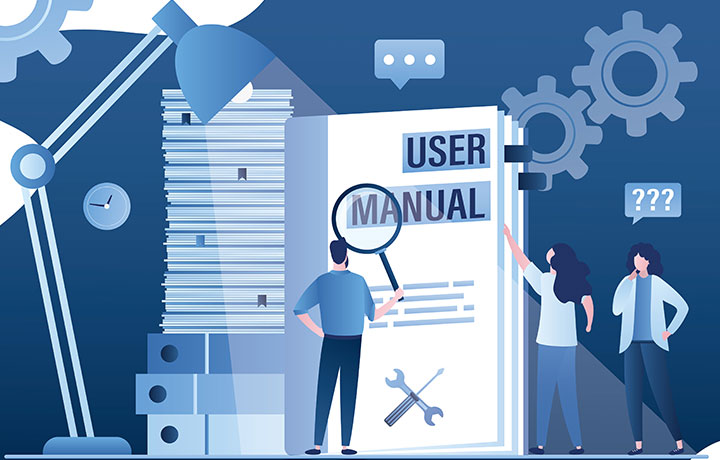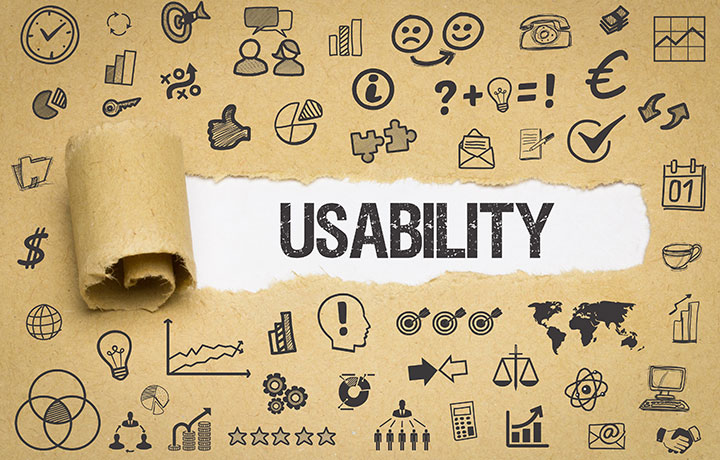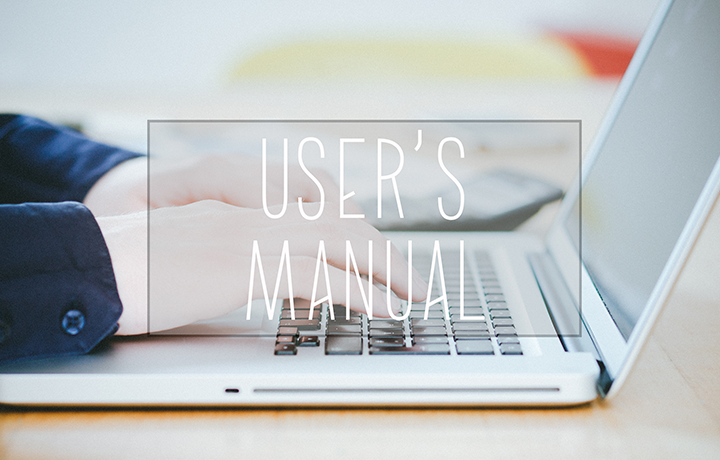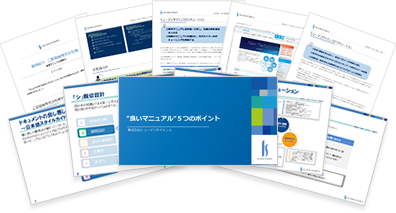3 points to achieve business improvement

Have you heard of the word "KAIZEN" that has become well-known overseas in recent years? The Japanese word for "improvement" has crossed the sea and become a global term. In modern society, "business improvement" is constantly sought after in order to increase productivity.
However, have you ever thought about the following when it comes to business improvement?
"What exactly do you do for business improvement?"
"Is business improvement really effective? I would love to know what strategies are effective."
Here, we will introduce three points to achieve business improvement.
We will also explain the basic content such as the effects and methods of business improvement.
Business improvement is loudly called for, but in reality there are many approaches available. We hope you will refer to this article and work on business improvement.
- Table of Contents
1. What is Business Improvement? The Benefits of Business Improvement

Before introducing the points and methods for business improvement, in this chapter, we will first introduce what business improvement is. We will also introduce the purpose and benefits of business improvement.
・What is business improvement in the first place?
Business improvement refers to the activities we undertake on a daily basis to improve our products, services, or processes.
For example, let's say we were producing 10 cars per day. By reviewing our work procedures, we were able to increase production to 11 cars. This is a simple example, but "reviewing work procedures" is considered business improvement.
By making changes to our daily tasks, we can increase productivity.
This is what we call business improvement.
・Purpose of Business Improvement
The purpose of business improvement is to improve productivity. In recent years, there has been a change in awareness towards labor, such as work style reform. As a result, there is a growing momentum for business improvement.
・Effects obtained from business improvement
There are three benefits that can be obtained through business improvement.
1. Improved Productivity
By improving our operations, we can create more and higher quality products and services. This can also lead to increased productivity, creating more time for new challenges that were previously impossible to tackle. These new challenges can further improve productivity and potentially create a positive cycle.
2. Cost Reduction
Improving productivity also leads to cost reduction. The most familiar example would be overtime. By improving productivity, reducing overtime will result in cost reduction in terms of labor costs. If you can reduce overtime by 2 hours per month, it will lead to a reduction of 48 hours per year. If you multiply 48 hours by the number of employees, it will become a significant number.
3. Improvement of Working Environment
Business improvement also brings great benefits to workers. As mentioned earlier, by improving productivity, overtime can be reduced. 48 hours of overtime per year is equivalent to 2 full days. The time saved can be used for leisure or self-improvement, leading to increased motivation.
2. How to Improve Business Processes

In the previous chapter, we introduced what business improvement is and the effects that can be obtained from it. In this chapter, we will introduce the specific steps for implementing business improvement, in three steps.
1. Set the target business
First, let's target the tasks we want to improve. We will take inventory of our tasks, identify current issues and challenges, and find tasks that need improvement. We should be able to find tasks that are becoming obsolete or inefficient. Writing them down on paper, such as Excel, will make it easier to review them later on.
There are probably problems and challenges in each task, big or small. For now, let's focus on identifying them in this phase.
2. Set Priority
Next, let's determine the priority target to work on based on the identified issues and challenges. While we would like to tackle everything, we have limited resources in terms of people and time, so let's prioritize and work on them.
There are two main criteria for prioritization.
The first one is the impact of improvement. We will prioritize based on the effectiveness of solving the issues.
The second one is the difficulty of improvement. Let's consider the total cost and effort, not just the time, for improvement.
We recommend using these two criteria to determine the priority order.
3. Creation of operation manuals, outsourcing, and introduction of tools
After selecting the target business for improvement, the next step is to determine the method for business improvement. There are various approaches to business improvement, such as creating a business manual, outsourcing, and introducing tools, which can be considered as typical examples.
The merits, demerits, and characteristics of each method will be introduced in the next chapter.
3. Does manual creation lead to business improvement?

In this section, we introduced what business improvement is and the specific steps for business improvement. In this chapter, we will explain whether manual creation leads to business improvement. There are various approaches to business improvement besides manual creation. We will compare and confirm them with other approaches.
1. Introduction of Systems and Tools
Daily routine work and other repetitive tasks are the specialty of the System Group. Therefore, there is a means to introduce systems and tools for business improvement.
In terms of efficiency, it can be said that this is the most impactful method for business improvement.
On the other hand, there is a huge cost involved in the introduction. In addition to system development and implementation costs, there is also a time cost for meetings with development vendors.
In recent years, contract forms such as Saas have emerged, making it easier to introduce systems and tools.
However, it is still a high hurdle for business improvement.
It can also be said that it is a difficult method to operate after introduction. If the introduction to the field is not going smoothly, there is a risk that the system itself will not be used.
2. Outsourcing
Next is outsourcing. If the business that needs improvement can be outsourced externally, let's make use of it. Especially if there is a bottleneck in tasks that anyone can do, we recommend actively utilizing it.
As Pareto's law proves, it is more efficient to focus on important initiatives if you want to achieve better results.
However, there are mainly two disadvantages of outsourcing.
One is the lack of accumulated know-how. By outsourcing, the opportunity to acquire knowledge and experience that should be gained through business is lost.
The second point is the possibility of incurring additional costs. The quality of the outsourcing destination will not meet the desired quality unless the outsourcing side manages it properly. In the case of low quality, there may be cases where additional costs are incurred due to rework.
Outsourcing requires finding the balance between outsourcing costs and quality.
3. Creating Operation Manuals
The final step is creating the business manual. We will improve the identified issues and incorporate them into the business manual. By working together as a team, we can achieve uniformity in work quality and increase productivity. The more impactful the improvements are, the greater the effect when implemented by the entire company.
For example, in a real estate sales company, individual sales performance may become a bottleneck for the company. In such cases, we will take measures to document the knowledge of employees with good sales performance in a manual. By incorporating individual sales skills into the manual, we can achieve uniformity in sales quality. This will lead to solving the bottleneck issue and have a significant impact on the company as a whole.
Related Blogs
[Thorough Explanation] How to Create Foolproof Manuals
While there are strengths in creating manuals, there are also weaknesses.
One of those weaknesses is maintenance after creation.
Manuals need to be updated to match changes in business operations. There may also be cases where improvements can be made to the manual itself. Continuous improvement leads to a refined manual, but the need for updates after creation can be considered a drawback.
Here, we have introduced three approaches to business improvement.
Of these three, the most recommended method for business improvement would be the creation of a business manual.
Each approach can certainly be considered an effective method for business improvement.
4. Summary
How was it?
This time, we introduced three points to achieve business improvement.
As an approach to business improvement, considering cost, difficulty of establishment, accumulation of know-how, and cost-effectiveness, creating a business manual is the most balanced option. Especially in today's society where remote work is becoming more prevalent, there will be even more opportunities for it to shine in the future.
However, while understanding the necessity of manuals, many people may find it difficult to actually create them. Especially when creating them alongside regular work, it can be very challenging.
In cases where resources are limited or there is no internal expertise, outsourcing can be one solution.
Human Science has a history of over 20 years and is a professional in creating business manuals with a track record of 215 companies and 2854 manuals.
If you have any concerns or difficulties in creating business manuals, please feel free to consult with us.
Feature 1: Manual creation by experienced consultants
The consultant with extensive experience at Human Science will be involved in creating business manuals. Our skilled consultants will propose easy-to-understand business manuals based on the abundant experience and materials provided. We can also create manuals from scratch without any existing materials. Our assigned consultant will conduct interviews and create the manual.
Feature 2: Not only manualization, but also support for implementation
Human Science is also responsible for the important phase of "institutionalization" since manual creation. For example, even after manual creation, we will continue to update the manual and hold manual creation seminars. We approach the field by implementing various measures to ensure that the manual becomes established.
Feature 3: Extensive track record of manual creation for large and global corporations
Human Science has a track record of creating numerous operation manuals since 1985, mainly in the manufacturing and IT industries. Our clients include well-known companies such as Tokyu Livable, Inc., Cygames, Inc., and Konami Digital Entertainment Co., Ltd.
















































 Manual Creation
Manual Creation Director, Writer
Director, Writer In-house support
In-house support Video
Video Manual
Manual Manual Creation
Manual Creation Manual Creation
Manual Creation Manual Documentation
Manual Documentation



